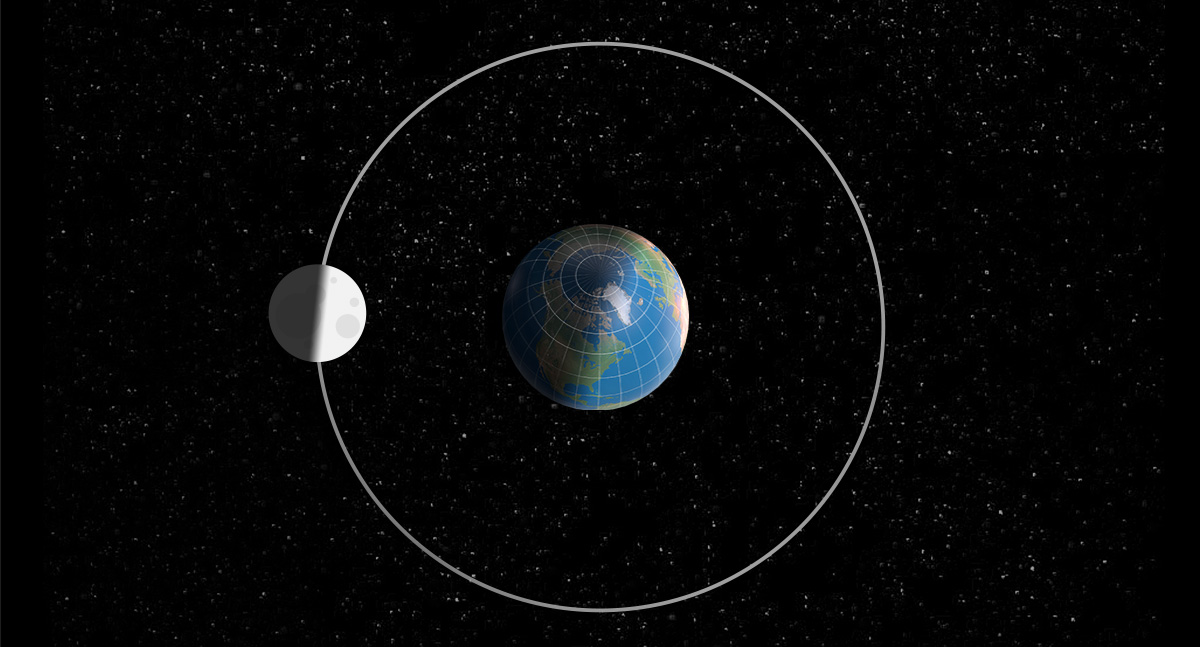Like I said it will take me two years to make up my mind or have and idea of how the moon formed.
[Submitted on 8 Dec 2020 (v1), last revised 18 May 2021 (this version, v3)]
[Submitted on 8 Dec 2020 (v1), last revised 18 May 2021 (this version, v3)]
A Theory and Calculation of Lunar Center of Mass Shift and the Crustal Thickness Difference Between Far and Near Sides of the Moon
Otto B. BischofThe cause for the difference in crustal thickness between the far and near sides of the moon has been considered an open problem in astronomy since 1959 when the Soviet spacecraft Luna 3 sent back the first images of the lunar farside. The problem is referred to as the lunar farside highlands problem. In this article, the author deduces the center of mass shift of the moon from its geometrical center and the difference in crustal thickness between the far and near lunar sides necessary to explain it. Although there have been other theories proposed to explain these phenomena, this theory explains them as arising naturally from the effects on lunar material due to the earth's external gravity force and the moon's synchronous rotation and revolution. The author's mathematical model results in a calculated value of 1.6 km for the center of mass shift and a crustal thickness difference of 16 km. The author's deduced values of center of mass shift and crustal thickness difference are close to within about 5 to 10% of their accepted values. One unexpected and deducible result of the author's theory is that the center of mass shift of the moon is decreasing towards moon center under lunar recession at the current rate of about 1.6 x 10-4 mm/yr.



